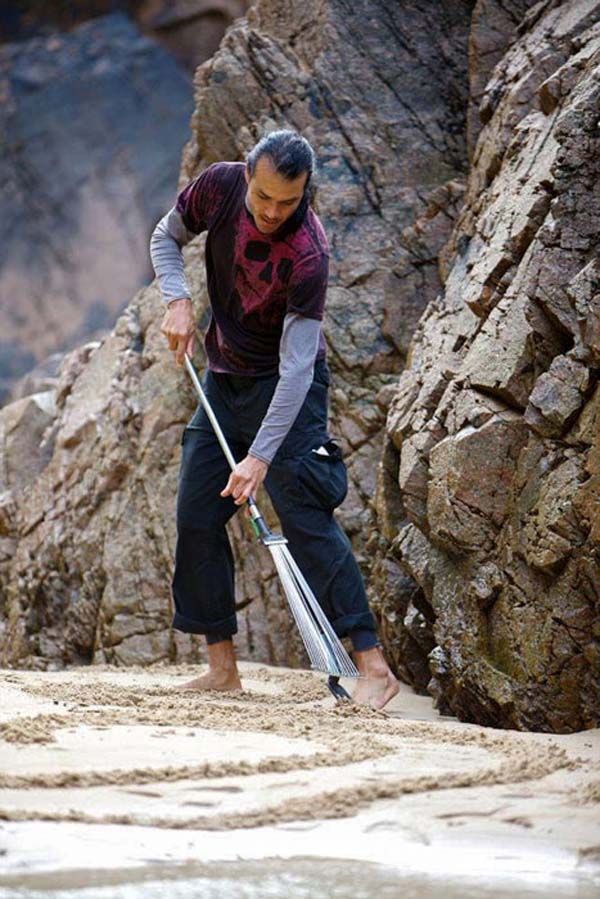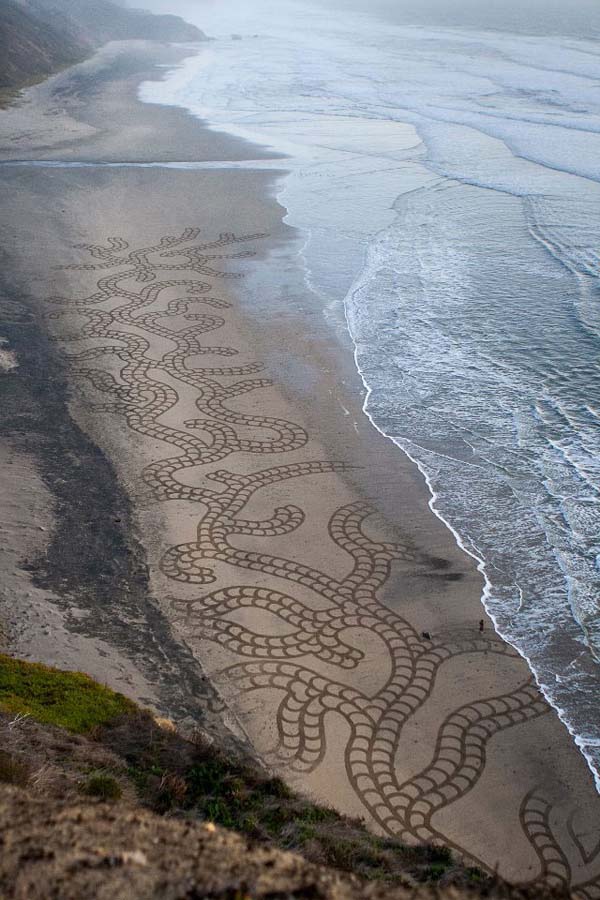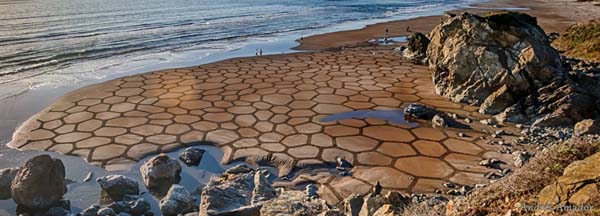












Main Index
William Flew talks about Topiary: Clipped hedging is back, with smooth, organic shapes. Grow on your own plants and cut them how you want: ball, cone, wobble... Forget teapots. Forget squirrels, forget peacocks. There’s a lot more to topiary than that, fun though they might be. That kind of topiary was meant to busy things up, to provide a fussy moment, animation, a yew tree giving us its pirouette. Today as often as not topiary is there to calm a garden down, with ground-hugging shapes, domes, mounds, cubes or roly-polies. Anchors, not acrobatics. Shapes with no gap between themselves and the earth, shapes where you can see how their weight sits on the ground. It might be a run of box hedging in a border, clipped into an irregular organic shape of the squeezed-out-toothpaste variety; or a rosemary bush in a raised bed whose lower branches have leant down the side wall and been clipped to form a teardrop, a dribble of wax with blue flowers. Garden designers, not least the celebrated Piet Oudolf, like clipped organic shapes, and they make a great contrast to flower-planting without resorting to straight lines. How do you grow one of these clipped roly-polies, maybe 6ft long and 5ft high? Well, if you get your plants in now, your shape could be emerging in a couple of years. Nothing makes such a tight shape as box and yew. Make sure your hedging plants are propagated from the same stock, or at least plants from the same garden-centre batch. The new growth can vary from lime green to copper, and you want a consistent colour along the length of your roly-poly. But you could always play the joker and include one plant of golden or silver box, to make its own shape under the scrum: an abstract egg under an abstract hen! You can buy big specimens (box at, say, 2ft and yew at 3-4ft) but they will be expensive. Plants at half that size will soon catch up because you are going to feed them magnificently; as healthy vigorous plants they will stand much better the Big Snip that is coming their way. Plant them at the normal spacings for a tight hedge: 1ft for box, 2ft for yew. Avoid yews with branches that rise up at an acute angle; if you want your shapes to be dense at the base, the more horizontal the side-branches the better. Although it might seem a waste, it is usually better to let your plants grow above the height you require, then you have plenty of scope to create a varied profile and density from the start. After a couple of well-fed years in situ you can begin to shape your wobbly hummock or mound or whatever you have in mind. I wish you could see nurserymen creating box balls and cones. In early spring they take a perfectly pleasant loose-textured box bush 2-3ft feet tall and shear it back mercilessly, demon-barber style, to make a surprisingly good shape that will sell for five times the price now that it’s only half there. I know: the cup’s half full, not half empty. But five minutes work? What a wheeze! If you ask me, it’s weird to pay for what you don’t get. Better to grow on your own plants and cut them to your own specification; ball, cone, wobble, whatever. Truth is, you can make a wobble from an existing hedge so long as you make sure it’s growing luxuriously first. It will be a February saw-and-secateurs job, not shears. Some say topiary is for bores. Rubbish. There is pleasure in the craftsmanship of it, the doing, the getting it as you want it, like writing a song or testing a recipe. When it’s done you’ll be remarkably pleased with yourself.